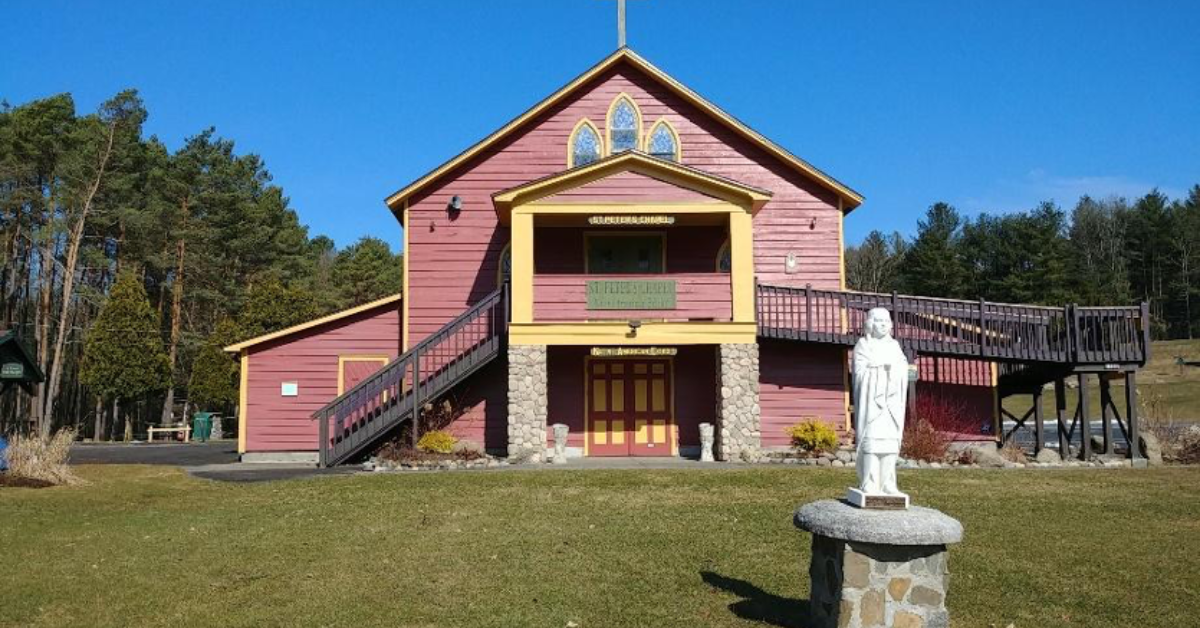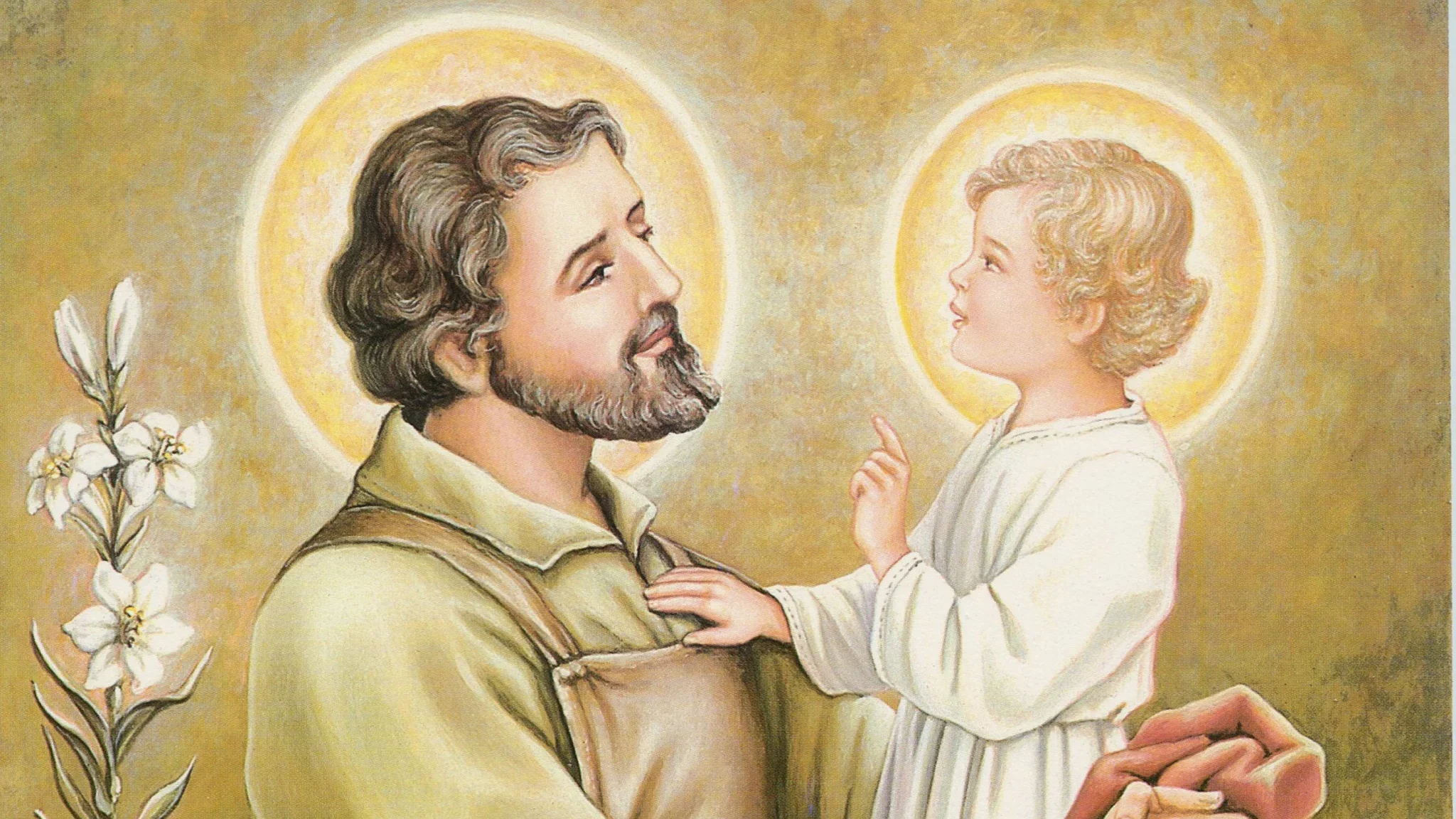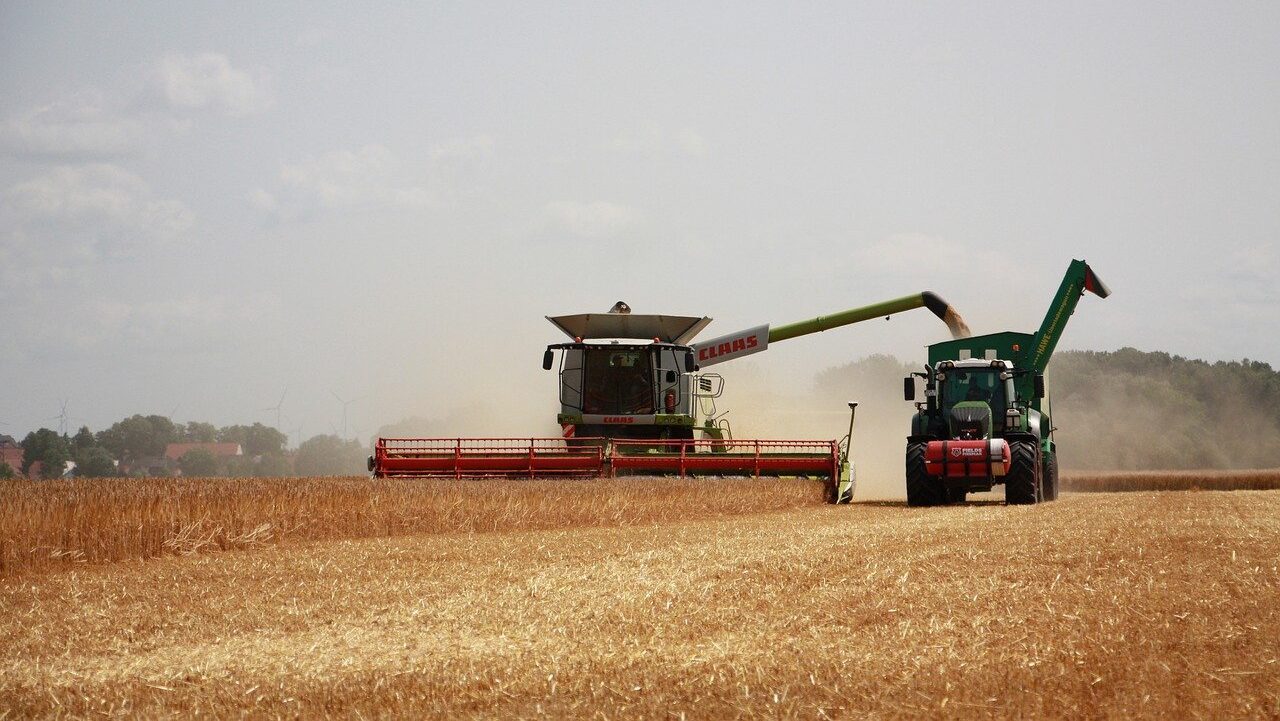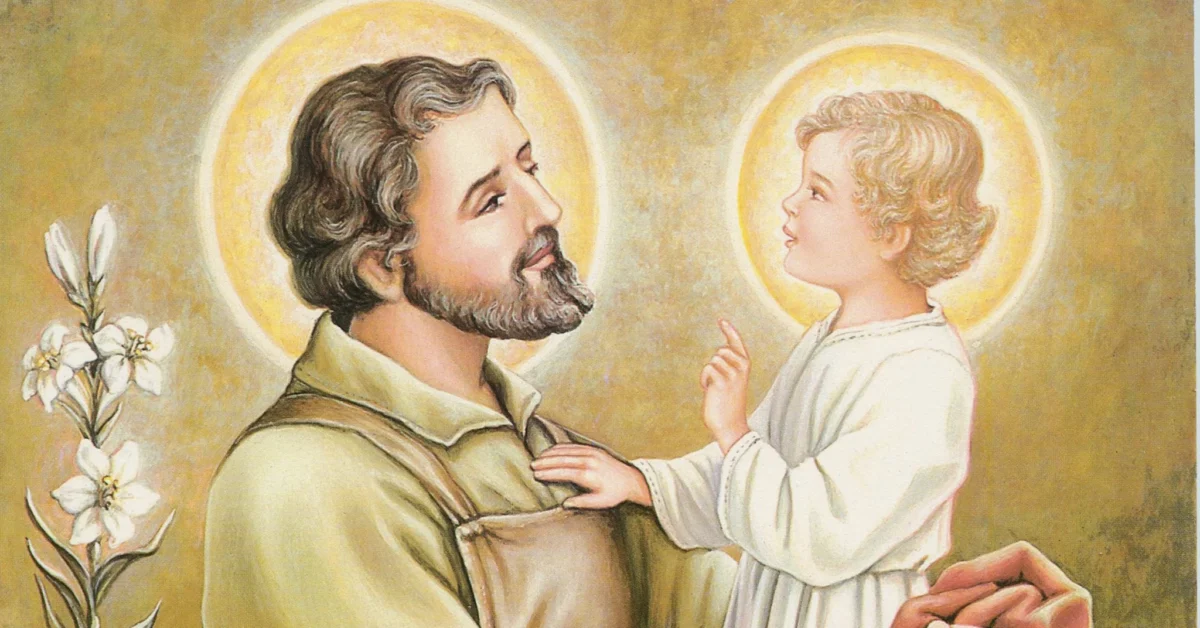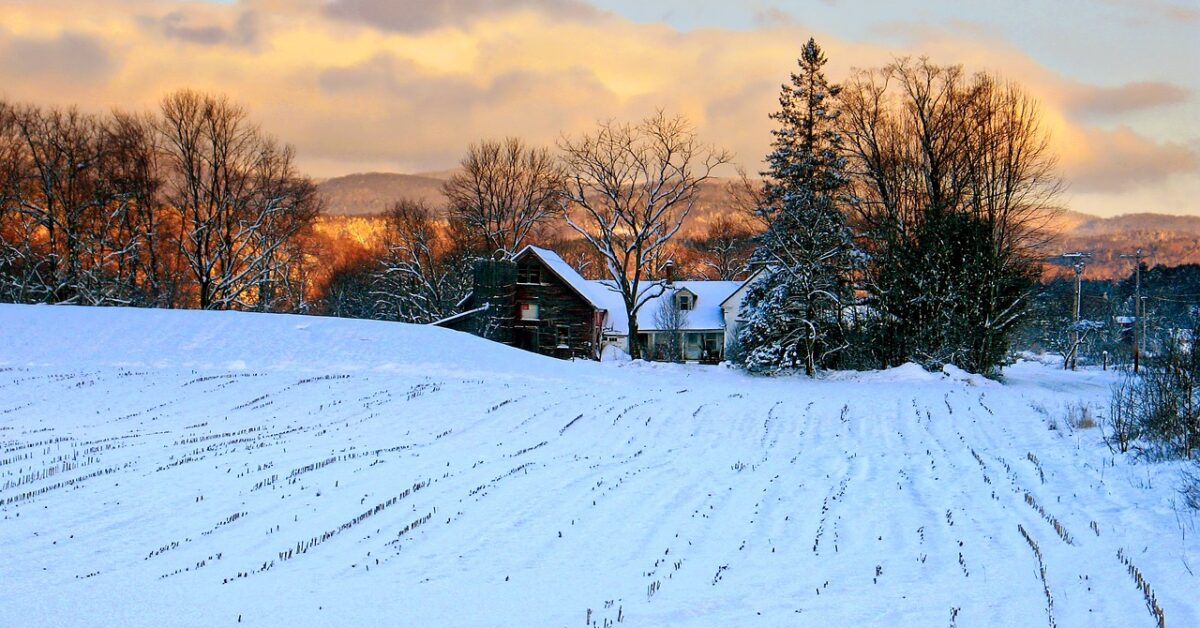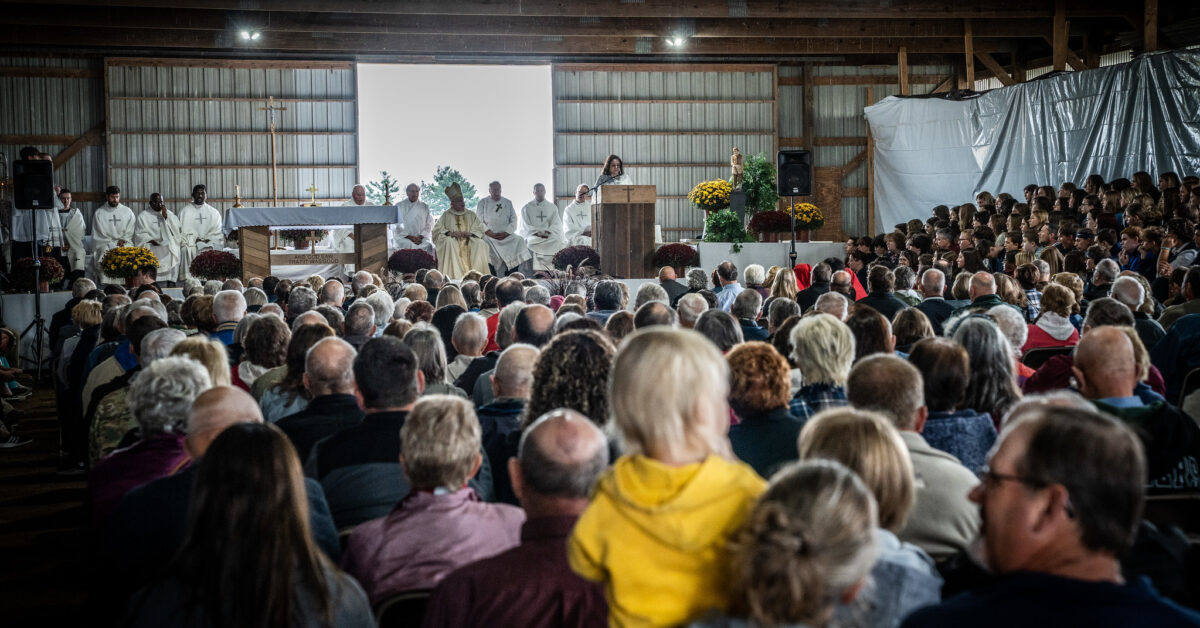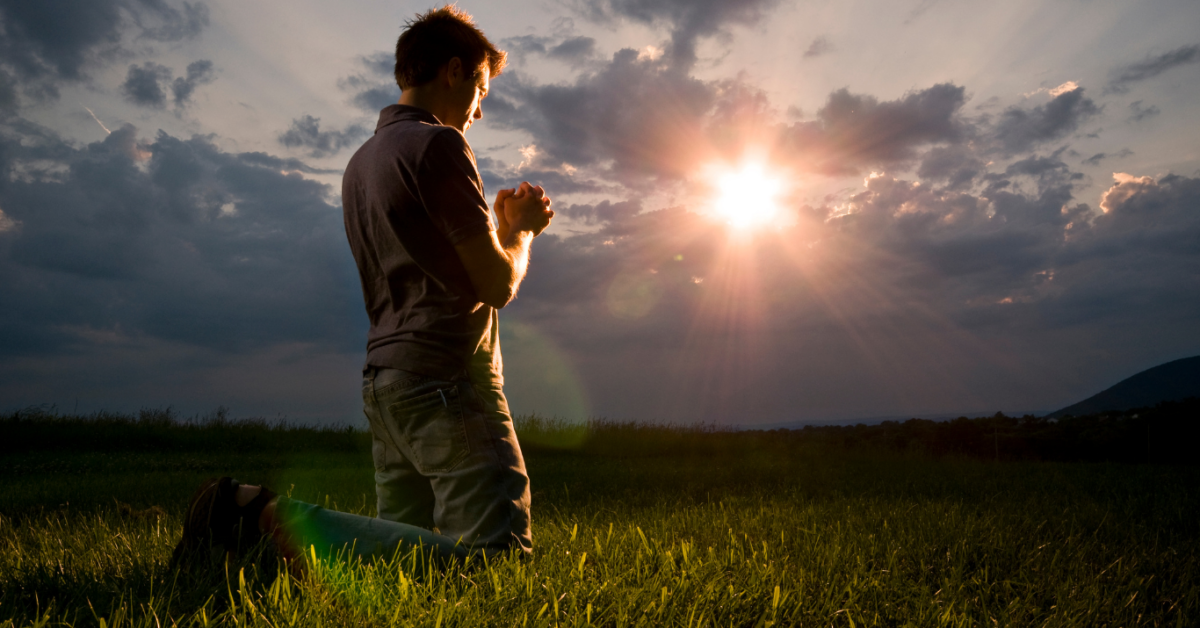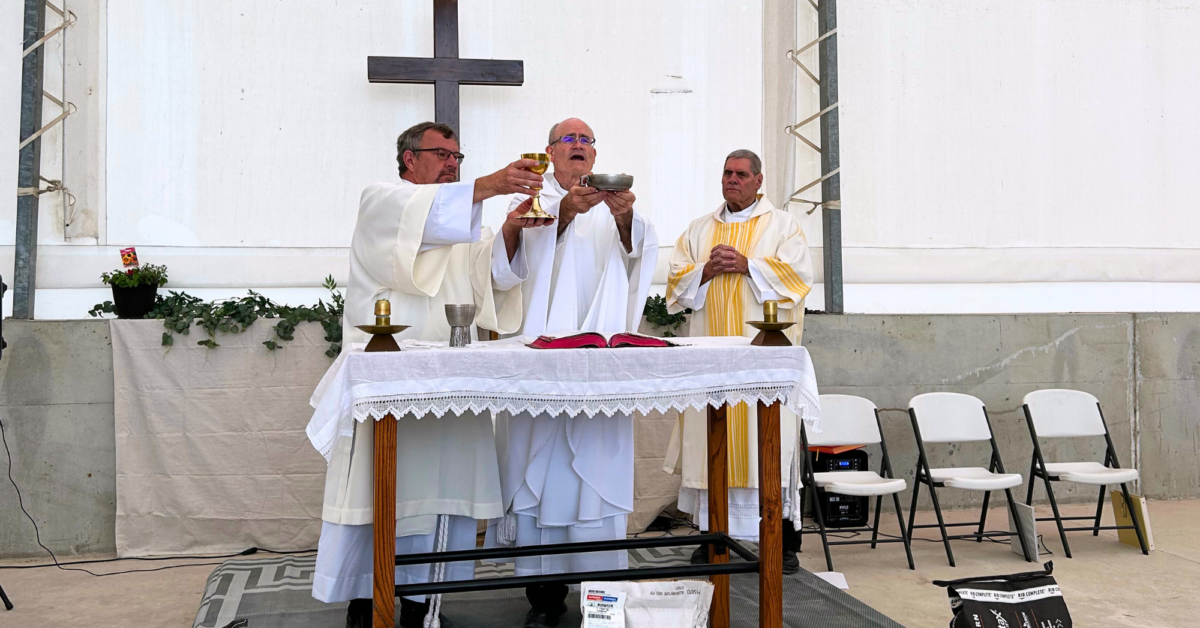Perhaps the first thing that strikes any visitor or pilgrim to the St. Kateri Tekakwitha National Shrine is the atmosphere of peace that radiates from the grounds and enfolds you. The shrine, which comprises 150 acres in rural Upstate New York between Albany and Utica, is where St. Kateri Tekakwitha was baptized and spent most of her extraordinary life.
The shrine was founded in 1938 by Father Thomas Grassmann, a Conventual Franciscan friar. It was officially dedicated to Kateri Tekakwitha after her beatification in 1980. Father Grassmann led the excavation of the Mohawk village of Caughnawaga on the shrine grounds, which was begun in 1950 and remains the only fully excavated Iroquois/Haudenosaunee village in the world. In fact, the grounds in Fonda, New York, are exceptional in that they are both a National Catholic Shrine and an archaeological site on the National Register of Historic Places. That the shrine was founded by a Franciscan, even though St. Kateri was not a Franciscan per se, is consistent with the way in which St. Kateri lived her life; she is recognized today as a patron of ecology and the environment and of the persecuted and people in exile. As the first Native North American recognized as a saint, she is also the patron of Native and First Nations peoples.
The shrine on her ancestral lands continues to welcome all members of the community. According to its mission statement, the St. Kateri Shrine “promotes healing, encourages environmental stewardship, and facilitates peace for all people by offering the natural, cultural, and spiritual resources at this sacred site.” A simple Candle Chapel dedicated to St. Kateri is open and welcomes the prayerful at all hours, every day of the year. The grounds, which include both paved walks and hiking trails, are open year-round from sunrise to sunset. Hikers and snowshoers are often seen enjoying the shrine’s atmosphere of peace, and everyone is welcome to visit and connect with creation. The St. Kateri Shrine also offers weekend masses during the summer in its open-air pavilion named after St. Maximilian Kolbe. Services during St. Kateri’s feast day in July, and Indigenous Peoples Weekend in October, incorporate Native Catholic practices to help celebrate St. Kateri’s culture as well as her faith. The shrine’s St. Peter’s Chapel, named in honor of the chapel where St. Kateri was baptized, and the Native American Museum are also open to the public during the warmer months. They are both housed in the converted 1782 barn that is now one of the shrine’s most recognizable features.
The rural setting of the shrine and its simplicity allow the spiritual nature of the site to reveal itself. Pilgrims can walk through the woods where St. Kateri walked, contemplate her life at the site of her village, and pray in the wonder of creation where she often prayed in solitude. The shrine is at its heart a Catholic site, but it is also a site that truly welcomes and appeals to a wide range of people, being a place of cultural and historic interest as well as one of profound and remarkable holiness. You can learn more at katerishrine.com, via the shrine’s social media accounts, which are linked from the website, or by calling (518) 853-3646.
This article is an excerpt from The Catholic Rural Life Winter 2022 Magazine, Rural Spirituality: A Pilgrimage of Faith. Find the full magazine here.
